‘Lee,’ the unique war epic film directed by Ellen Kuras, presents the story of Lee Miller, a World War II war correspondent. After a career in modeling, Lee finds her love for casual photography and luxuriates in it during the late 1930s. However, as war arrives on Europe’s doorsteps with Nazi Germany’s rapidly growing hold, the woman—desperate to do her part—discovers a new calling. Consequently, despite the many hurdles standing in her way, Lee becomes a war correspondent for Vogue magazine and finds herself in the middle of war’s most brutal atrocities. Together with her field partner and close friend, Life Magazine’s Davy Scherman, the woman goes on to capture some of the most crucial historical records of her time.
Lee’s work throughout her journey remains incredibly significant journalism, bringing war’s reality to the world. Even so, as the audience accompanies the woman on this journey, the subduing effects of her witnessed horrors quickly become apparent. Consequently, her restless refusal to hang up her camera until the end—even in exchange for a comfortable life—may become a point of intrigue for fans. SPOILERS AHEAD!
Lee Miller: Capturing War’s Brutal Reality
Initially, Lee Miller’s dedication to becoming a war correspondent came from an intrinsic need to do her part as her nation and those around it dissolved into the floods of wartime. While her partner, Roland Penrose, found work in the army’s camouflage efforts, she turned to her own artistic skills and snagged a job at Vogue Magazine. Under the guidance of editor Audrey Withers, Lee begins covering Germany’s UK-centered bombing campaign, the Blitz. During this time, she recognizes the significance of her work, realizing it allows her audience to remain informed and connected with everything unfolding around them. Naturally, as her influence grows, so does her ambition and desire to make a difference.
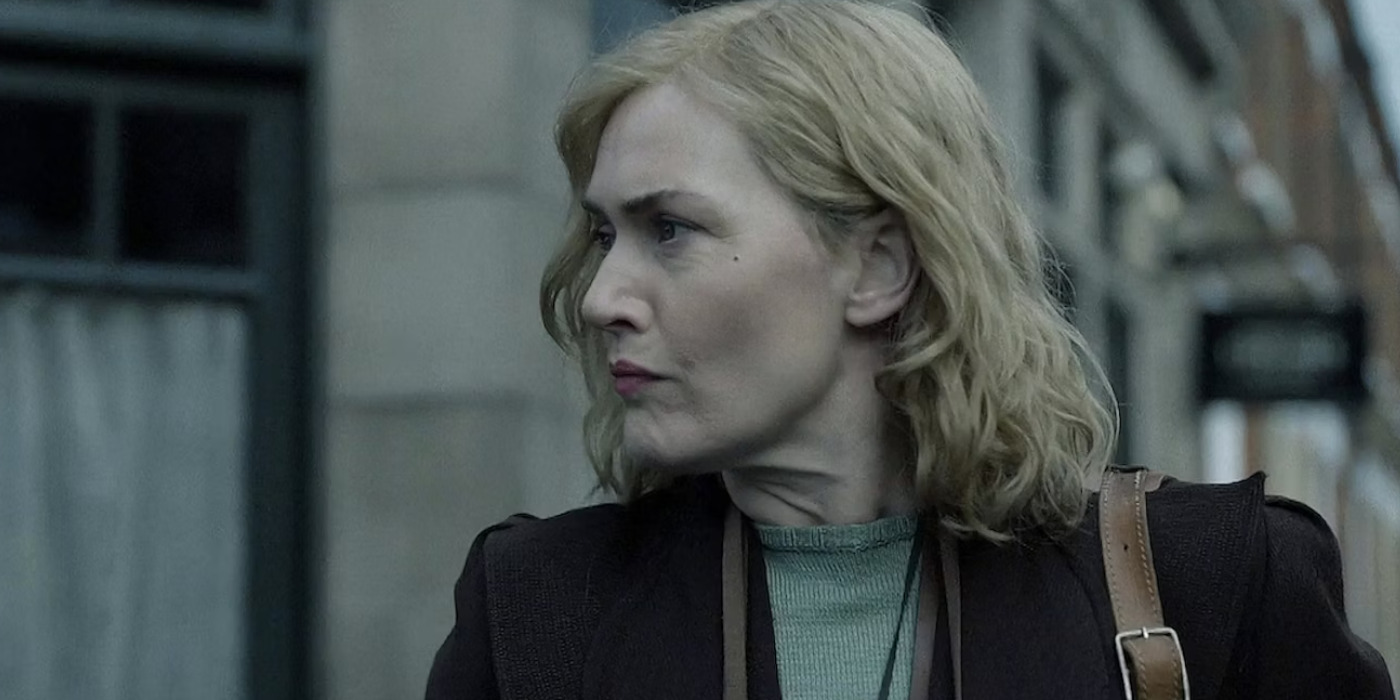
For the same reason, when the time comes for journalists and photographers like her to foray into the war zones, she’s quick to enter her name in the roster. Even after she discovers England’s adamant refusal to send a woman into the thick of the war, she doesn’t give up. Instead, she simply makes use of her American citizenship and travels to France in the mid-1940s. There, she interacts with many wounded soldiers in the camps—glimpsing at the sobering horrors and sacrifice of war. Likewise, in the aftermath of France’s liberation from Nazi Germany, she witnesses the heartbreaking ways in which war has ravaged the city streets.
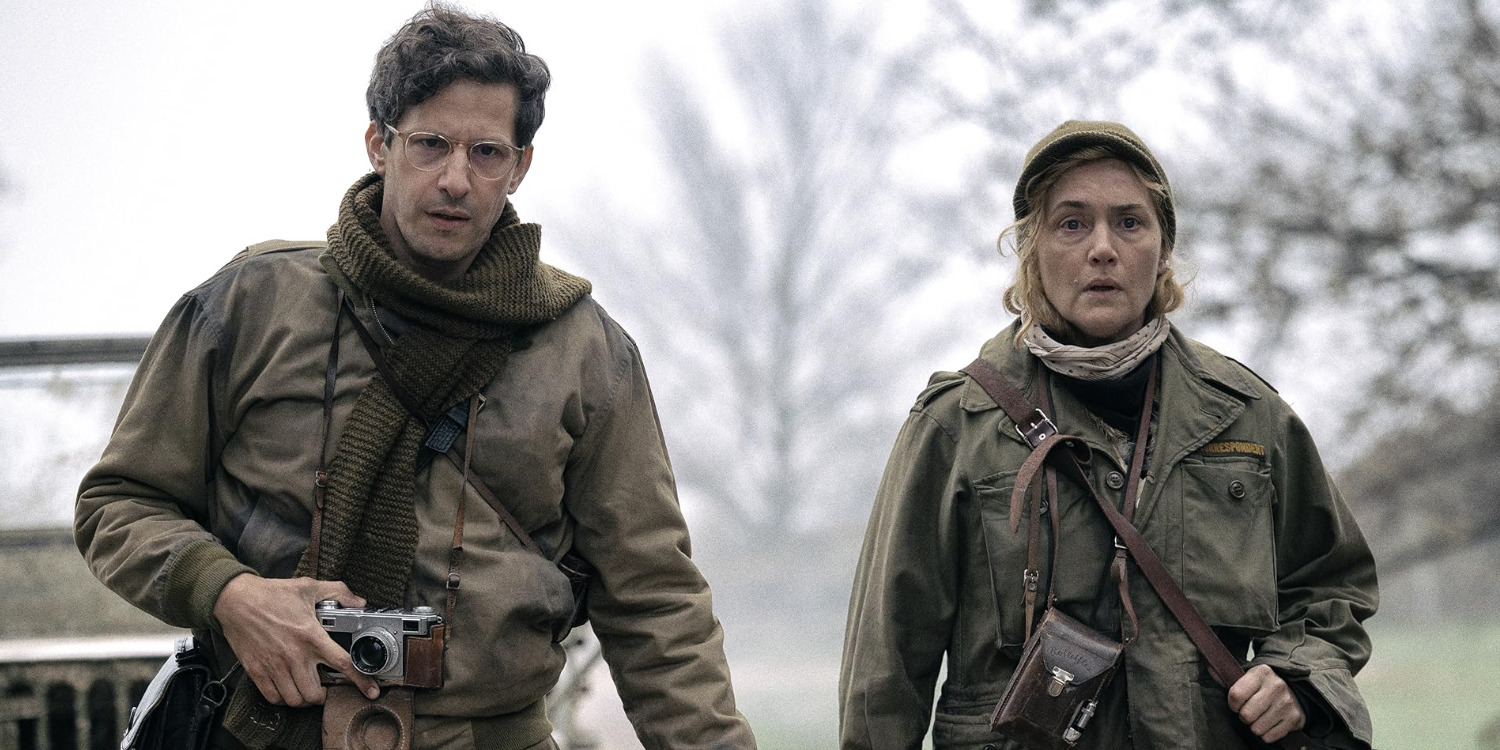
Consequently, with each new—often exponentially rattling—experience, Lee begins to see the true worth of her work. In every injured soldier, scorned French woman, and survivor that she encounters, she realizes that their stories simply must be told in the pages of history. On the heels of this epiphany, Roland pays Lee a visit to France, wherein he urges the woman to return home with him. Even though his letters so far have voiced the same desire, Lee is still unprepared to hear it. She knows that a more stable and comfortable life can await her in London by Roland’s side. Nonetheless, her experiences as a war correspondent have changed something intrinsic inside of her that keeps her from abandoning the battlefield.
Lee Shoulders a Responsibility to the War’s Victims
Throughout Lee’s journey, the war correspondent witnesses some jarring scenes—from chaotic infirmary tents to war zones that are being actively bombed. However, one of the most disturbing experiences confronts her when she and Davy travel to the country’s front to document the full damage of Nazi Germany’s cruelty. During this time, the two photographers witness some of the worst scenes of the war’s brutality. In the battle-ravaged town, they find train carriages filled to the brim with dead bodies piled on top of one another. They find similar cruelty within one of the buildings, where the Nazis dehumanized and genocided crowds of people.
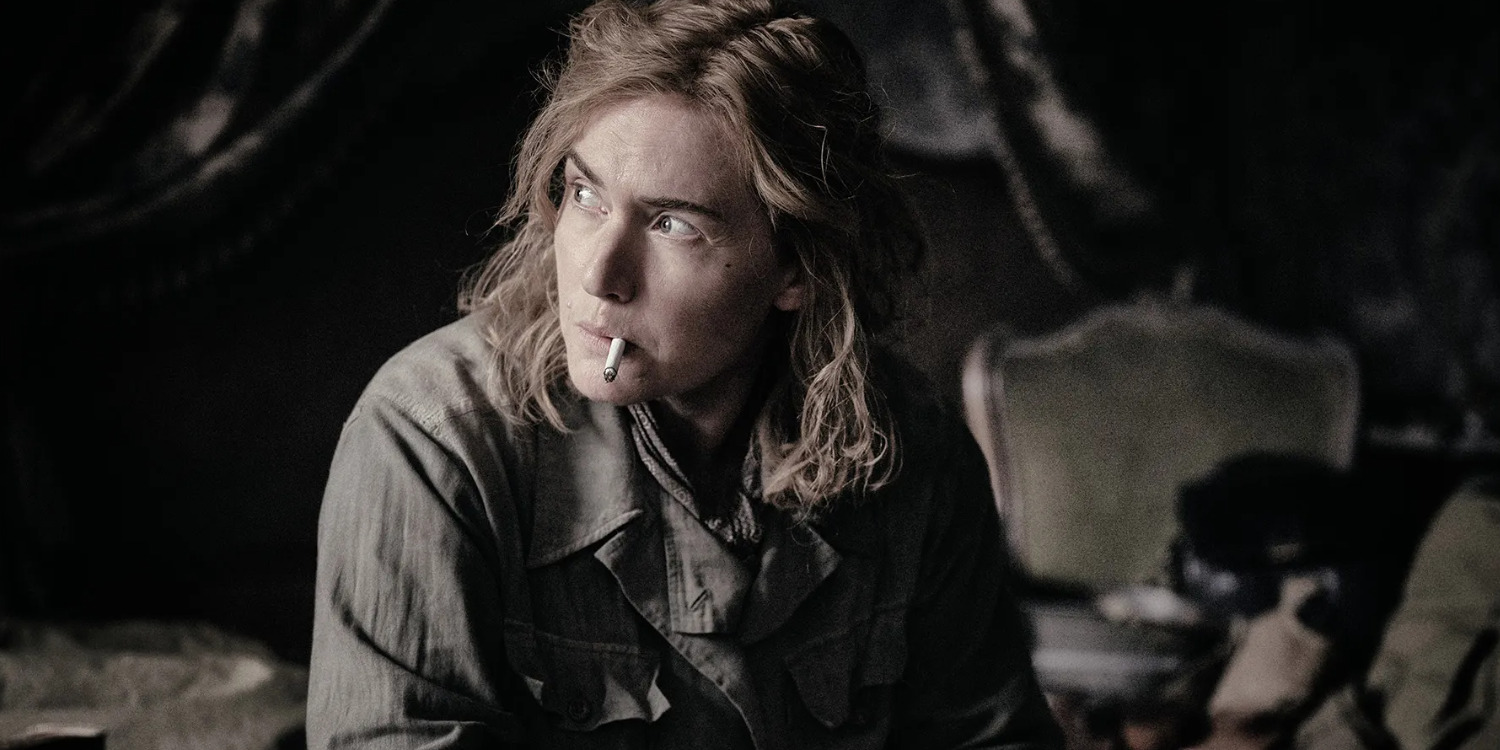
The site is too sickening for anyone—yet Lee and Davy capture it in their cameras through teary eyes. Something similar happens in one of the death camps Lee ventures out to, where a group of women and kids are hurdled together for safety. Every individual has been so traumatized by the barbaric treatment at the hands of the Nazis that they’re almost too afraid of Lee too. Nonetheless, the woman tries to quell one young girl to capture the actuality of her existence. In both these instances, Lee documents a horrifying truth that stains her psyche with abrasions that she can never get rid of. Yet, she knows that these abhorrent truths of Nazi Germany’s actions must be recorded and remembered to honor the dead and the injured.
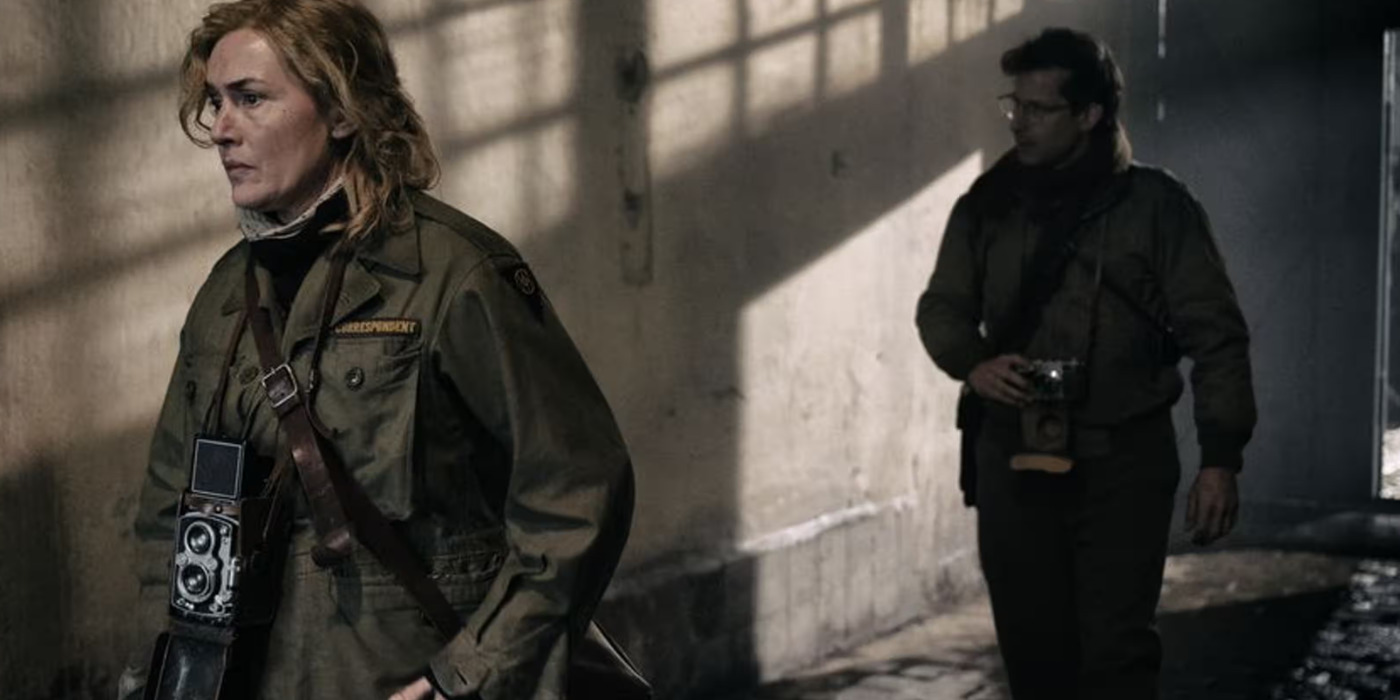
Even though the responsibilities of a war correspondent lay heavy on Lee’s shoulders—as they would on anyone—the woman keeps going because she knows someone must tell the truth about her subject’s lived realities. Lee understands the same shortly after her arrival in France. As such, her dedication to documenting history through her work remains unyielding even in the face of insurmountable grief. In the end, as her photographs become instrumental relics of history, the significance of the difficult choices she made in her career remains apparent.
Read More: Best War Movies on Hulu

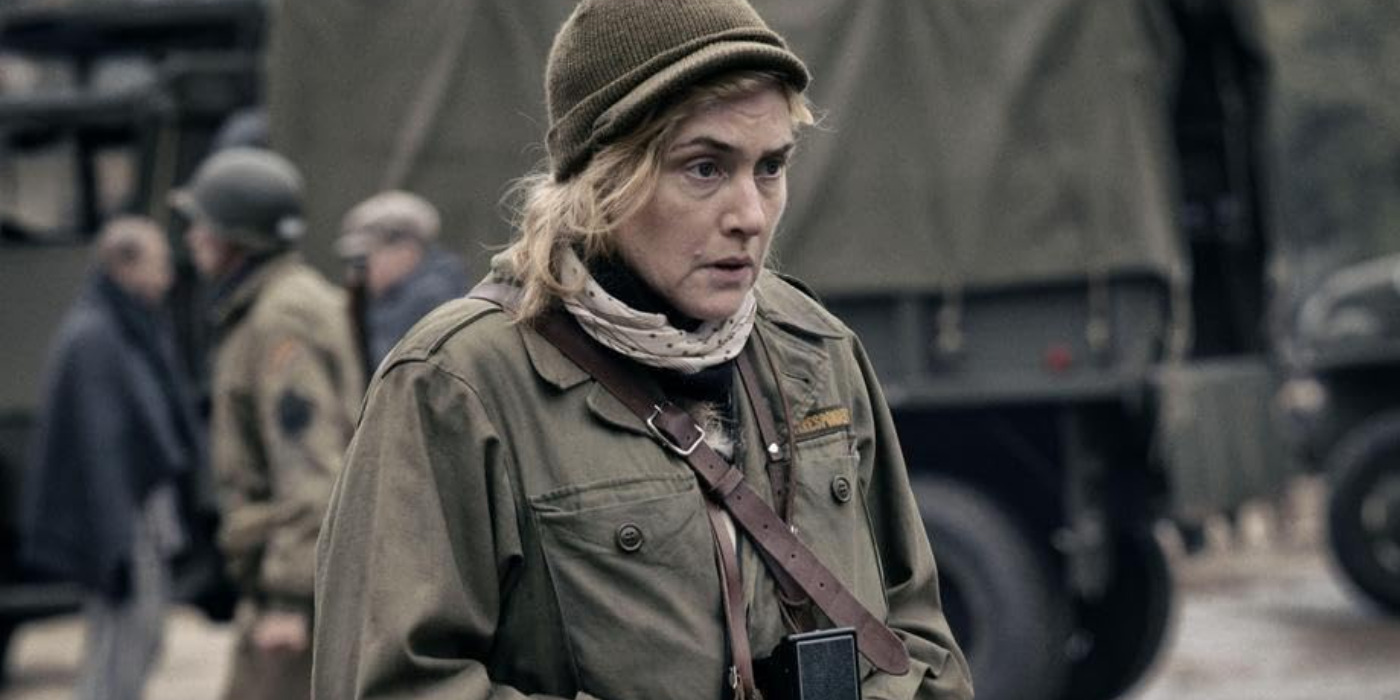
You must be logged in to post a comment.